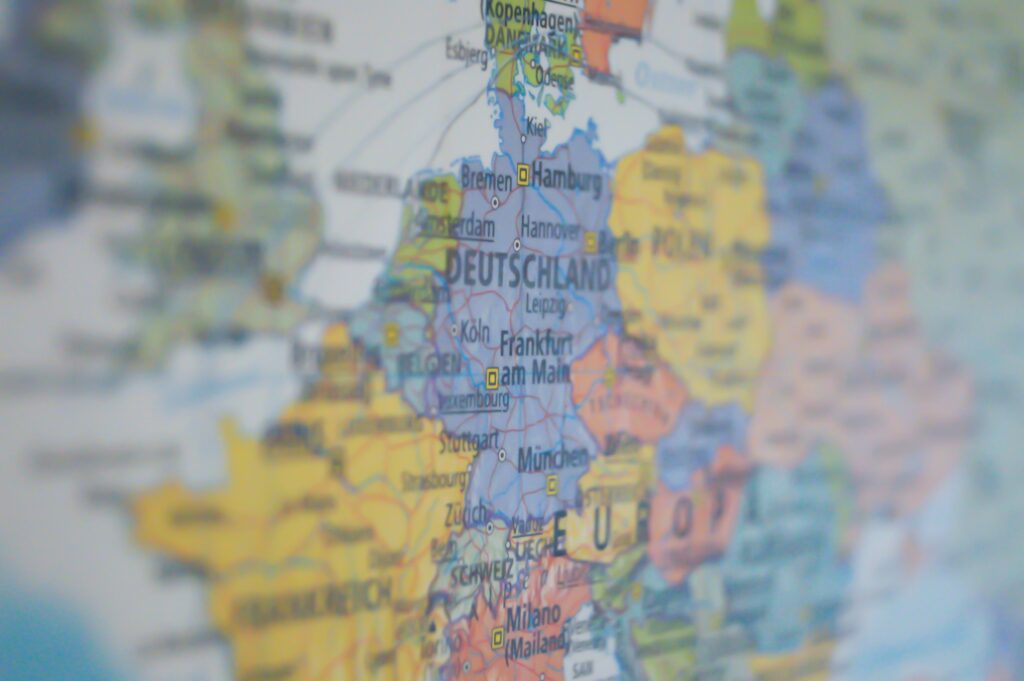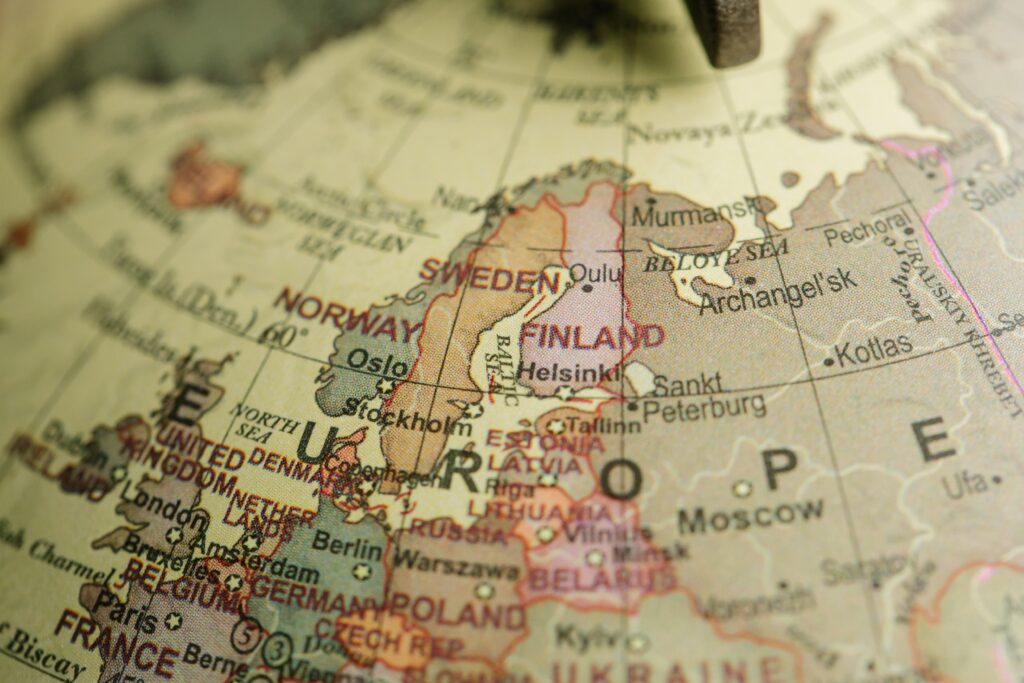When discussing European travel, the terms “Schengen member states” and “European Union” (EU) are often used interchangeably. However, they are not the same thing, and it’s important to understand the differences. In this article, we’ll explore what Schengen vs European Union means and how they relate to one another.
Table of Contents
- 1. Introduction
- 2. What is the European Union?
- 3. What are the Schengen member states?
- 4. Is every EU country a Schengen member state?
- 5. What are the benefits of being a Schengen member state?
- 6. Are there any disadvantages to being a Schengen member state?
- 7. How does the Schengen Area affect travel within Europe?
- 8. Are there any countries that are in the EU but not in the Schengen Area?
- 9. How do non-Schengen EU countries regulate border control?
- 10. Can you travel to the Schengen Area without a visa?
- 11. Can you travel to a non-Schengen EU country without a visa?
- 12. How do Brexit and other political changes affect these regulations?
- 13. Conclusion Schengen vs European Union
- 14. FAQs

1. Introduction
When planning a trip to Europe, it’s important to understand the various regulations and requirements for travel. Two terms that are often used but not fully understood are “Schengen member states” and “European Union.” While they may seem interchangeable, they are in fact different entities with different rules and regulations. Understanding these differences can help you plan your trip more effectively.
2. What is the European Union?
The European Union (EU) is a political and economic union of 27 member states located primarily in Europe. It was established in 1993 with the goal of promoting peace, stability, and economic prosperity throughout the continent. The EU operates as a single market, meaning that goods, services, capital, and people can move freely within its borders.
3. What are the Schengen member states?
The Schengen member states are a group of 26 European countries that have abolished passport and other types of border control at their mutual borders. This means that once you enter one Schengen member state, you can travel freely throughout the others without having to show your passport or go through any additional border checks. The Schengen Area covers most of the EU, as well as a few non-EU countries such as Iceland, Norway, Switzerland, and Liechtenstein.
4. Is every EU country a Schengen member state?
No, not every EU country is a Schengen member state. There are four EU countries that are not part of the Schengen Area: Bulgaria, Croatia, Cyprus, and Romania. Additionally, there are three non-EU countries that are part of the Schengen Area: Iceland, Norway, and Switzerland.
5. What are the benefits of being a Schengen member state?
Being a Schengen member state has several benefits. For one, it makes travel between countries much easier and more efficient. It also promotes trade and commerce, as goods and services can move more freely without the need for customs checks. Additionally, it fosters a sense of unity and cooperation.
6. Are there any disadvantages to being a Schengen member state?
While there are many benefits to being a Schengen member state, there are also some potential drawbacks. For one, the free movement of people can make it more difficult to regulate immigration and security. Additionally, there is the risk of criminal activity crossing borders more easily. However, these risks are generally considered to be outweighed by the benefits of membership.
7. How does the Schengen Area affect travel within Europe?
The Schengen Area makes travel within Europe much easier and more efficient. Once you enter one Schengen member state, you can travel freely throughout the others without having to show your passport or go through any additional border checks. This makes it much easier to plan a multi-country trip without having to worry about additional visa or border requirements.
8. Are there any countries that are in the EU but not in the Schengen Area?
Yes, there are four EU countries that are not part of the Schengen Area: Bulgaria, Croatia, Cyprus, and Romania. These countries are still subject to border checks and other regulations when entering or exiting the Schengen Area.
9. How do non-Schengen EU countries regulate border control?
Non-Schengen EU countries regulate their borders independently, with each country setting its own rules and regulations. This means that travelers may need to go through additional border checks or show their passports when entering or leaving these countries.
10. Can you travel to the Schengen Area without a visa?
It depends on your nationality. Citizens of certain countries are allowed to enter the Schengen Area without a visa for up to 90 days within a 180-day period. Other countries require a visa for entry. It’s important to check the visa requirements for your specific nationality before planning your trip.
11. Can you travel to a non-Schengen EU country without a visa?
Again, it depends on your nationality. Some non-Schengen EU countries allow visa-free entry for certain nationalities, while others require a visa for entry. It’s important to check the specific visa requirements for the country you plan to visit.
12. How do Brexit and other political changes affect these regulations?
Brexit has had a significant impact on travel regulations within Europe. The United Kingdom is no longer part of the EU or the Schengen Area, which means that travelers from the UK may face additional visa and border requirements when traveling to EU countries. Additionally, political changes within individual countries can also affect travel regulations, so it’s important to stay up-to-date on any changes before planning your trip.
13. Conclusion Schengen vs European Union
In conclusion, the terms “Schengen member states” and “European Union” are often used interchangeably, but they are not the same thing. The Schengen Area is a group of 26 European countries that have abolished border control at their mutual borders, while the EU is a political and economic union of 27 member states. Understanding the differences between these entities is important for planning a trip to Europe.
14. FAQs
- What is the difference between a visa and a passport? A visa is an official document that allows you to enter a specific country for a specific period of time. A passport is a travel document that proves your identity and citizenship.
- How do I apply for a Schengen visa? You can apply for a Schengen visa at the embassy or consulate of the country you plan to visit. Requirements and application procedures may vary by country.
- Can I work in any Schengen member state with a Schengen visa? No, a Schengen visa only allows you to enter the Schengen Area for a specific period of time for tourism, business, or other non-work-related purposes.
- Are there any countries that are not in the EU or the Schengen Area? Yes, there are several countries in Europe that are not part of either the EU or the Schengen Area, including Albania, Belarus, and Russia.
- How do I know if I need a visa to travel to Europe? The visa requirements for Europe vary depending on your nationality and the specific countries you plan to visit. You can check the visa requirements for your nationality on the website of the embassy or consulate of the country you plan to visit.

Pingback: The European Union Countries: Understanding the Organization